
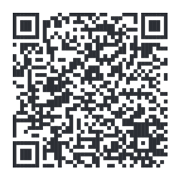
When you’re pregnant, your baby is connected to everything you eat, drink, and experience. This means that what goes into your body affects your baby, too. Choosing to stay away from smoking, drinking, and drugs can be one of the best things you do to give your baby a healthy start.
Many women choose to protect their babies by avoiding harmful substances during pregnancy. Alcohol, tobacco, and drugs can hurt a baby’s growth and development. For example, e-cigarettes and vaping devices contain nicotine and other chemicals that can be just as harmful as regular cigarettes.
You can make choices now that will help protect your baby’s health forever.
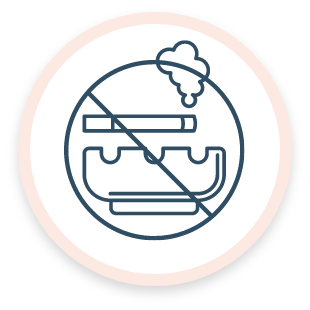
When you smoke, your baby is exposed to harmful chemicals. Quitting now can help protect your baby’s growth and development. Babies exposed to smoke before or after birth may have a higher chance of:
Even secondhand smoke can harm your baby. Babies who are around secondhand smoke are at greater risk of asthma, ear infections, allergies, and Sudden Infant Death Syndrome (SIDS).

Alcohol can harm your baby at any stage of pregnancy. There is no safe amount to drink while pregnant. Drinking alcohol can cause a range of serious problems, including fetal alcohol spectrum disorders (FASD). Babies with FASD may have birth defects, vision and hearing problems, learning disabilities, and behavioral issues.
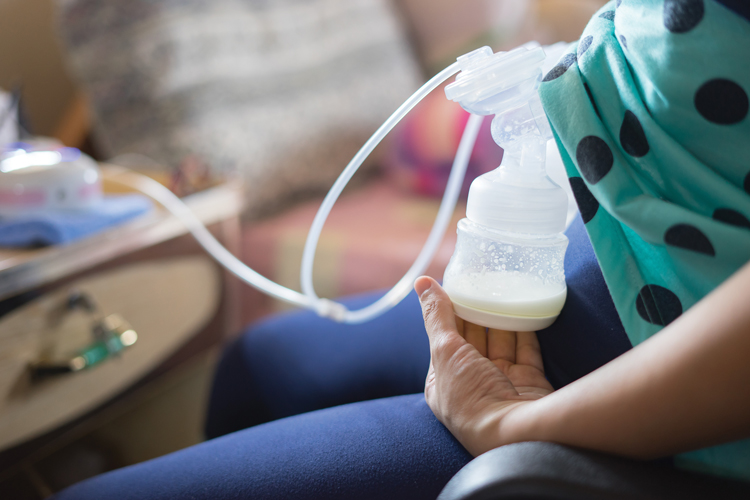
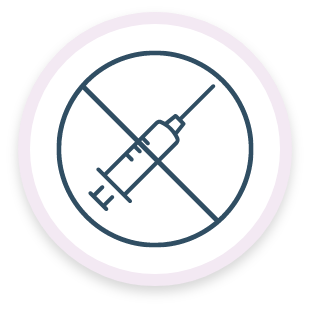
Any street drug, including marijuana, cocaine, heroin, ecstasy, and meth, can harm your baby. Misusing prescription drugs can also be harmful if they’re not taken exactly as prescribed. Using these substances can increase the risk of birth defects, premature birth, and other serious health issues.
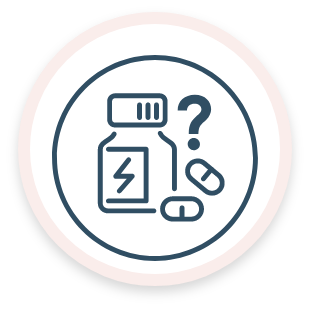
Before taking any medicine, check with your doctor. Some medicines, even common ones like pain relievers and allergy pills, may not be safe during pregnancy. Taking the wrong medicine could lead to birth defects or developmental problems.
Remember, your baby depends on you for a healthy, safe start in life. With the right choices and support, you can make a positive difference that will last a lifetime.
United States Department of Agriculture. Give Your Baby a Healthy Start.
https://wicworks.fns.usda.gov/sites/default/files/media/document/Give_Your_Baby_a_Healthy_Start_English.pdf
Install this web app on your iPhone: tap ![]() and then Add to Home Screen.
and then Add to Home Screen.
Side-Lying Hold
This hold is useful when:
Cross-Cradle Hold
This hold is useful when:
Clutch or “Football” Hold
This hold is useful when:
Cradle Hold
This hold is useful when:
Laid-Back Hold
This hold is useful when: